All About Spiral Wound Gaskets Explained
The spiral wound gasket is gaining momentum in the oil and gas industry with its outstanding mechanical properties. In the oil, gas and petrochemical industries, high pressures, extreme temperatures, and chemical attacks are unavoidable. The spiral wound gaskets are used to seal these environments in order to cope with these conditions.
These gaskets are a remedy for different temperatures, fluctuations in pressure and bolt stress relaxation. Spiral wound gaskets are an excellent choice when a regular flat gasket is no longer fit for the job. The regular gaskets seal flanges with a good surface finish but they do not usually last long. Regular gaskets tend to wear out and the joint would no longer fit the seal. Spiral wound gaskets ensure a perfect fit. On top of that, Spiral wound gaskets are specially designed for use in high-temperature and high-pressure conditions. The durability of these gaskets is a predominant factor in reducing the downtime in petrochemical plants.
How Spiral Wound Gaskets are Constructed
The spiral wound gasket is semi-metallic containing metallic and non-metallic materials. Semi-metallic is better than either metallic or non-metallic alone, as it is the finest combination of both. The purpose of metal is known for its strong and flexible properties. Non-metallic materials are ideal for sealing purposes. The spiral wound gasket materials include a metallic v-shaped stainless steel strip and non-metallic filler material like graphite. The selection of material for spiral wound gaskets is a decisive factor as a shield against factors such as corrosion, operating temperature and fluid concentration.
Significantly, the gasket has a rigid exterior ring. This ring is an essential component of the spiral wound gasket as it centres and controls the compression. The ring also reduces the chance of any material slipping due to the over-tightening. In addition to the exterior ring, another ring is available in the spiral wound gasket. Known as an additional inner ring, this layer is a shield against any material adulteration or a possible accident when moving through the pipeline joint. This additional layer makes the spiral wound gasket durable even in the face of any harsh conditions.
The rings form the design of the spiral wound gasket. To sustain the sealing elements, the rings have a flexible filler material in the middle. Graphite and asbestos are commonly used as filler materials for spiral wound gaskets.
Application of spiral wound gaskets
Spiral wound gaskets are generally used for machinery that operates at high temperatures and under significant pressure. It is also used in extremely toxic settings like chemical processing plants and petrochemical refineries. At the same time, the strength of the gasket also makes it a great solution for use in cryogenic facilities, chemical plants and research laboratories where temperatures tend to be extremely low.
The spiral wound gasket is popular among pump and valve manufacturers because of its excellent sealing quality and reliability. The high-performing materials used in spiral wound gaskets are carefully chosen to withstand high temperatures, high pressures, and corrosion. The softness of the gasket provides excellent sealing performance with minimal compression.
Gaskets for Piping Connections
Star 21 International is a leading supplier of gaskets for piping connections, heat exchangers and pressure vessels. We supply gaskets for both project installations and maintenance replacements.

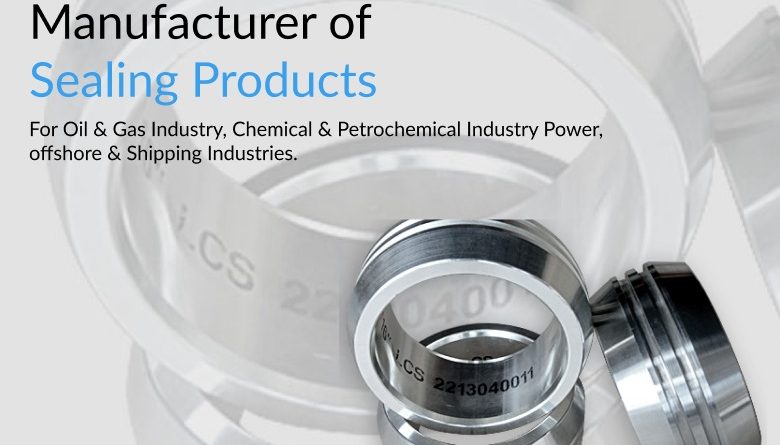

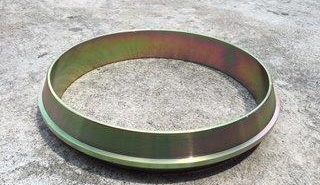

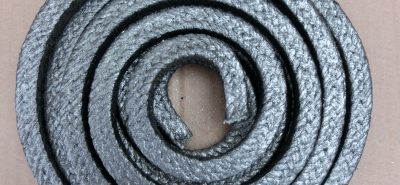
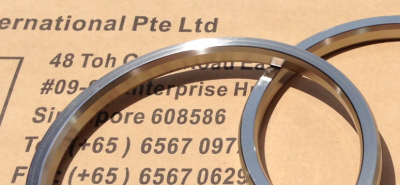
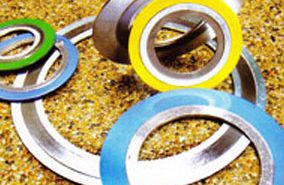
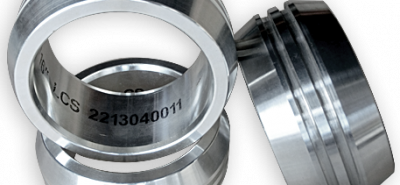
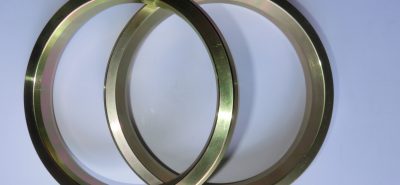
LEAVE A COMMENT